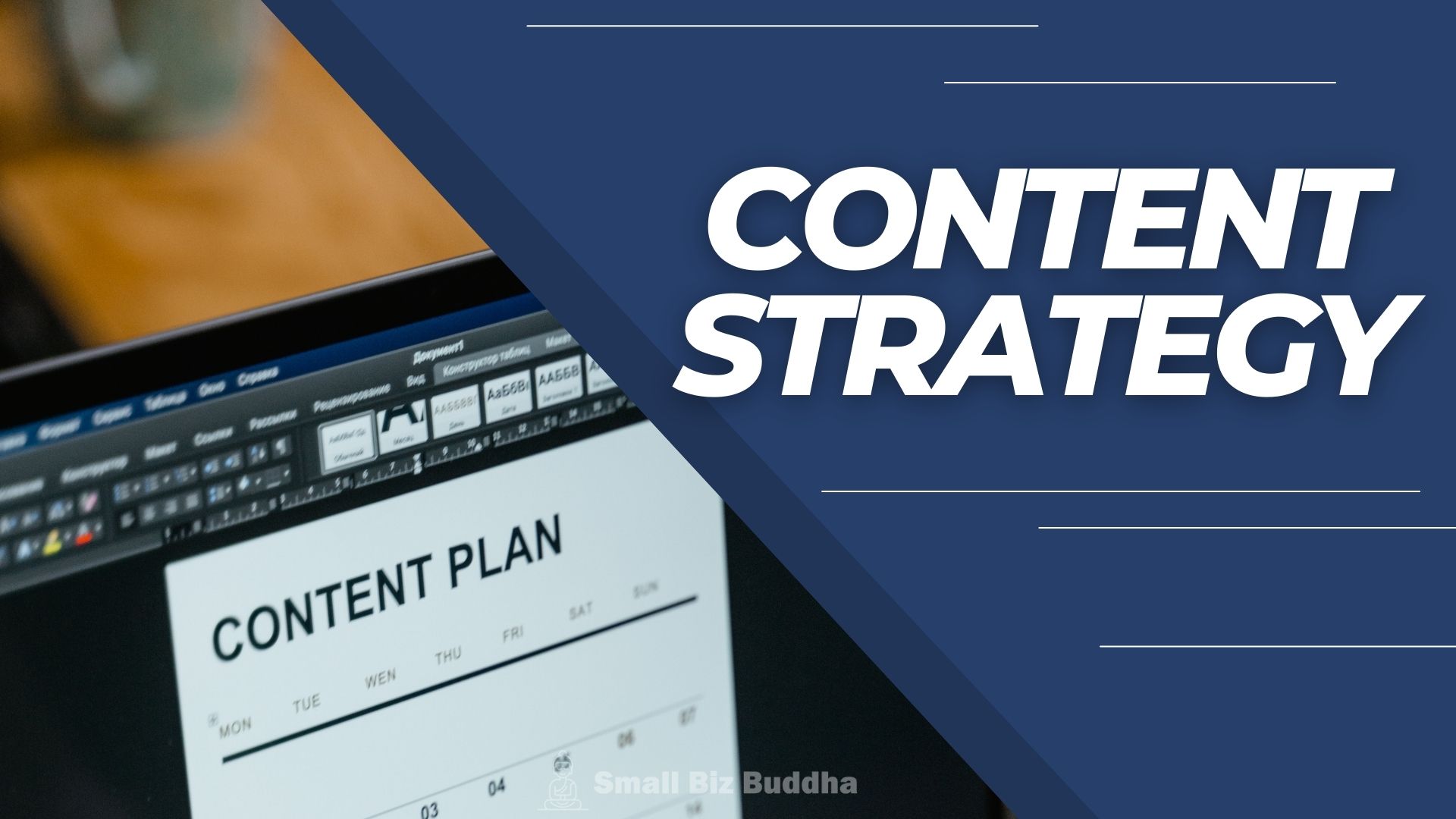Creating an effective content strategy is not an easy task. It requires research, planning, and a lot of patience. It also takes a lot of collaboration with people outside your company, since you’ll need their help in coming up with ideas for your blog as well as other online content platforms like email newsletters, social media sites, and video websites. That being said, the rewards are immense if you spend time developing a good content strategy for your business. According to Siege Media, 46% of businesses reported they want to increase their content creation spending in 2022. A good content strategy can help to establish trust with users by giving them relevant information about your company without them having to look elsewhere first. You’ll also see higher search engine rankings and more user engagement from your blog posts, which will result in more traffic and conversions down the line. Read on to learn more about what a content strategy entails and how it helps companies succeed with blogging.
What is a content strategy?
A content strategy is a comprehensive plan that helps companies in specific industries to plan, create, and publish their content. Where a marketing strategy usually focuses on the company’s product or service, a content strategy focuses on what you’ll write about as a business. A content strategy will help you to create content that is helpful to your readers and will help you attract new leads and customers.
How does a content strategy work?
A content strategy will help you to define your goals for the blog, your editorial calendar, and your outline for articles. You’ll also need to research your audience to get an understanding of their needs and interests so that you can use this information to create your content strategy. Once you have a content strategy in place, you’ll also want to confirm themes for your blog posts with internal stakeholders to make sure everyone is on the same page.
Why is a content strategy important?
A content strategy is important for because it will help you to define your goals and publish helpful content. With a content strategy in place, you can also use your content to attract new visitors to your website, increase brand trust, and boost SEO rankings.
Step 1: Define your goals
To get started with creating a content strategy, you’ll want to first sit down and brainstorm with your team and stakeholders what you want to accomplish. What are your main goals? What do you hope to achieve? This brainstorming exercise will help you to define your goals and help you to get a better understanding of what content can do for your company.
Step 2: Research your audience
Now that you have a better idea of what you want your blog to accomplish and what your main goals are for blogging, it’s time to start researching your audience. What are the main topics that your customers are interested in? What are the main concerns that your customers have? What topics do other businesses in your industry cover? While researching your audience, you’ll also want to look into competitors’ blogs to get an idea of what they’re covering and how they’re doing it. By looking at your competitors, you can see what they’re doing well, what they’re doing wrong, and what topics they’re covering that your customers aren’t.
Step 3: Developing the editorial calendar and outline
Now that you have a better idea of your audience, you can start developing your editorial calendar, outline, and roadmap for your blog. Your editorial calendar will help you to map out your posts for the coming months, which will help you stay on track and keep your content strategy in mind. Your editorial calendar will include your post titles, post topics, and timings. Your post topics will help you to define your topics, while your timings will help you to define the length of your posts. Each post will have a title, body, and summary.
Step 4: Find and curate themes for your blog
Now that you have an editorial calendar, outline, and roadmap for your content, it’s time to find and curate themes for your blog posts. You’ll want to find a variety of topics that your customers are interested in and that you can cover in your blog posts. You’ll also want to find topical issues and topics that your audience is talking about. You can use search engines to help you with this search for “topical issues” and “topical topics” to get started.
Step 5: Create your writing roadmap and confirm themes with internal feedback loop
With your topics and themes in place, it’s time to create your writing roadmap. Your roadmap will include your topic write-ups, your outline for your post titles and topics, and the length of your posts. Your roadmap will also help you to confirm themes with internal stakeholders to make sure everyone is on the same page. Internal stakeholders will help with editing and giving feedback on your topics to make sure that they don’t stray too far from the topic and focus on the audience’s needs and interests.
Conclusion
Blogging is an important form of online marketing that can help build your online presence and increase the number of leads you get from your website or blog. Blogging can be done in many different forms including text, images, audio and video. Some of the most effective blog posts are those that are written by topic. By writing about different topics you can keep your readers involved and interested in what you have to say. The best blogging strategies include creating your content strategy, developing your content calendar, finding and curating topics, creating your content roadmap, and writing your blog posts. These strategies will help you to develop a content strategy that is relevant to your business and that will result in higher search engine rankings and more user engagement from your blog posts.

